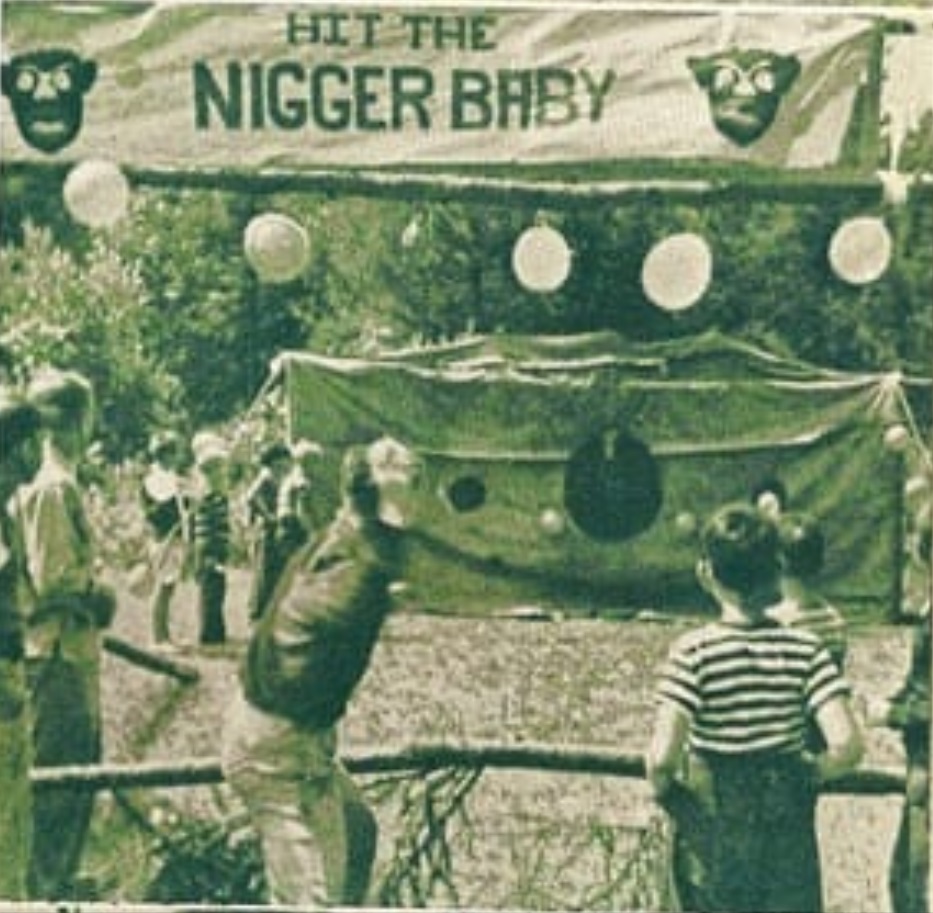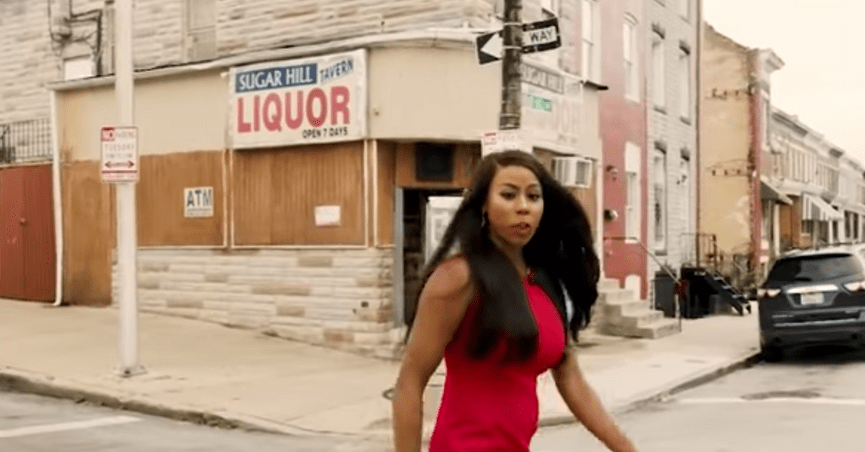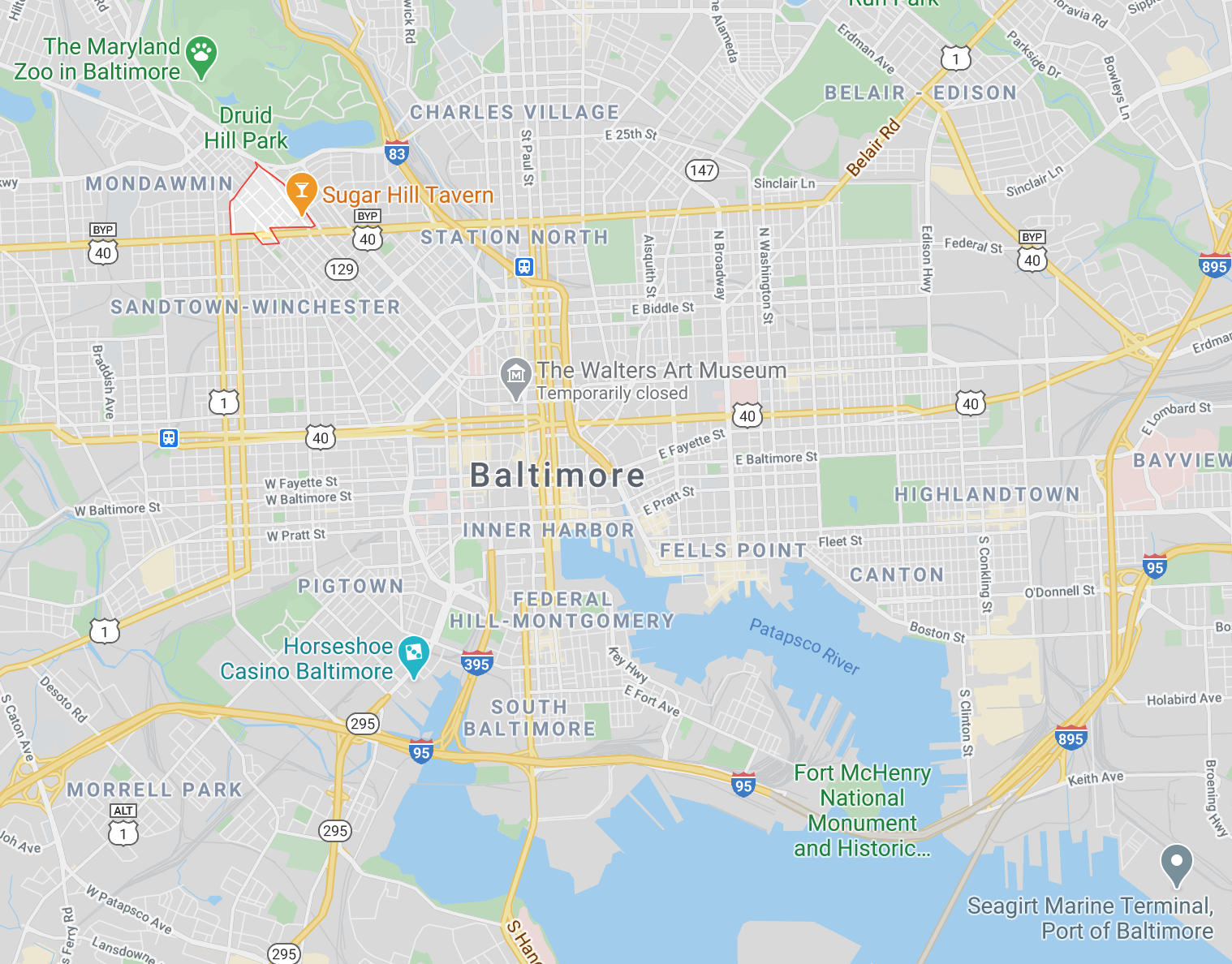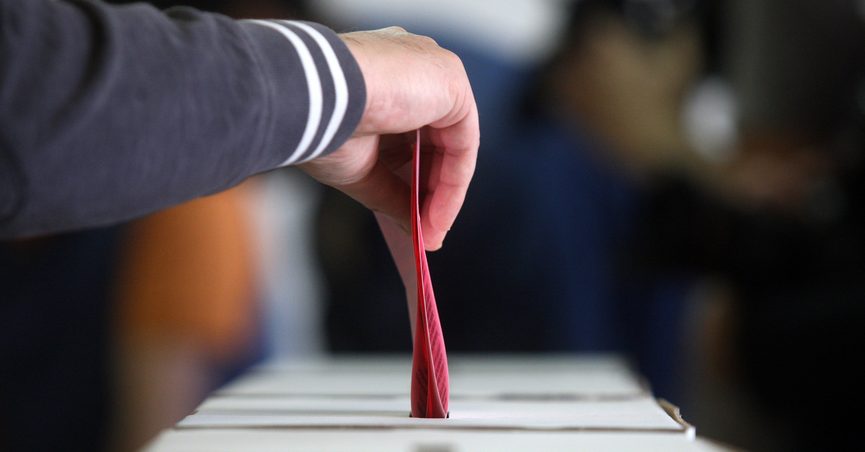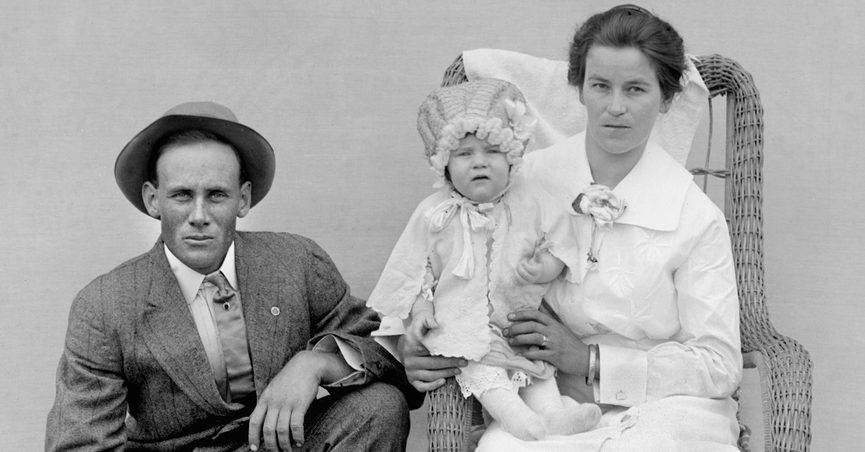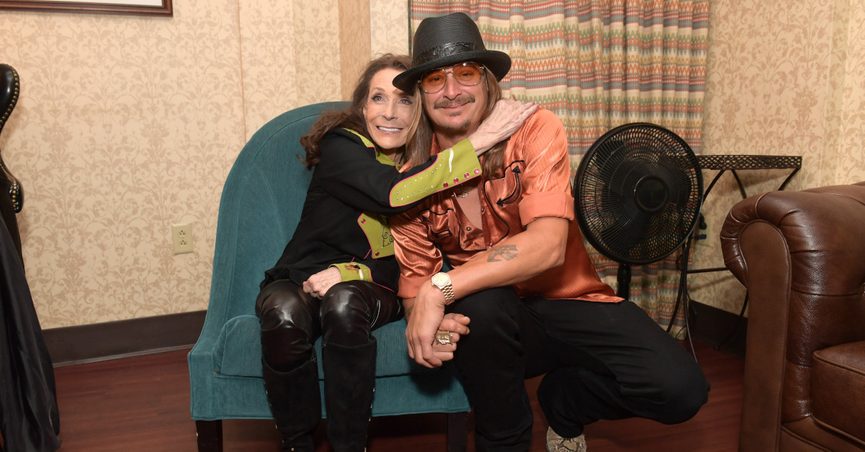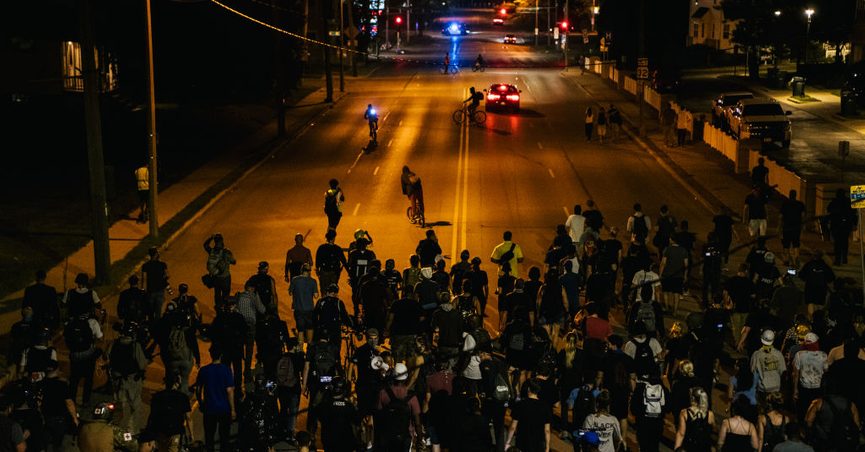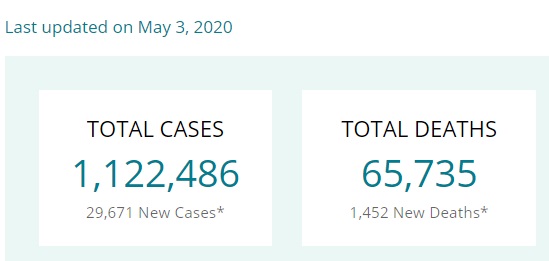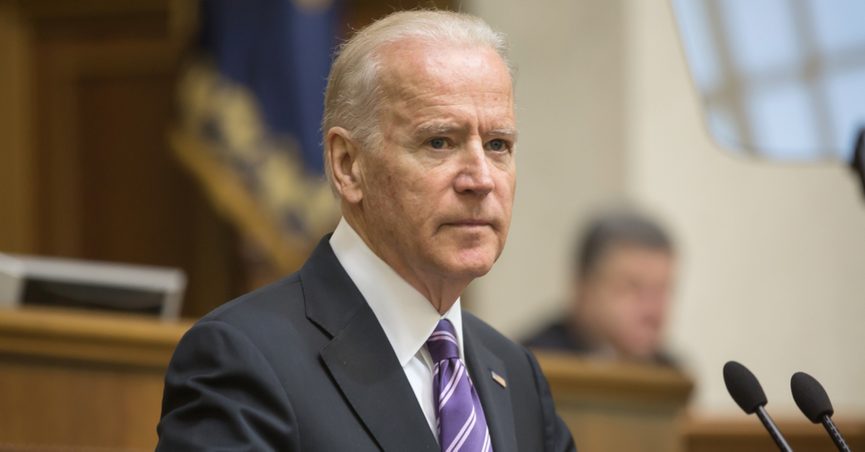过去的逮捕问题往往出现在那些希望使黑人在拘留期间被杀害的警官行动合理化的人中。
【宣称】
【结论】
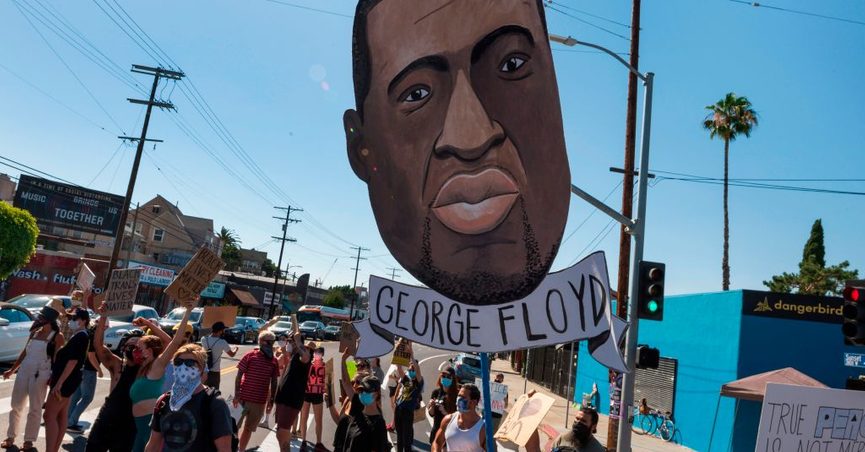
【原文】
Snopes also has in-depth reporting on the background of Derek Chauvin, one of four former police officers charged in the case surrounding George Floyd’s death. Read that report here.
As cities worldwide erupted in protests over the death of George Floyd — a Black man who died after a white police officer knelt on his neck for about nine minutes in Minneapolis — the leader of that city’s police federation sent the below-displayed email to union members. In it, he criticized journalists’ and politicians’ portrayal of the man whose death had sparked a global reckoning over racism in policing.
“What is not being told is the violent criminal history of George Floyd,” said Minneapolis Police Department (MPD) Lt. Bob Kroll, who represents more than 800 police officers. “The media will not air this.”
![]()
![]()
The June 1, 2020, letter by Kroll, whom Snopes could not reach for this report, inspired a wave of claims online about Floyd’s alleged arrests and incarcerations before his death — mostly among people who seemed to be searching for evidence that either the actions by the Minneapolis police officer who choked Floyd were justified, or memorials to honor him were unnecessary.
Then, per emergency medical technicians’ and fire department personnel’s accounts of the incident, medics loaded Floyd into an ambulance, where they used a mechanical chest compression device on Floyd, though he did not regain a pulse and his condition did not change.
![]()
![]()
It’s unclear whether at any point before or during the call the MPD officers knew of Floyd’s past arrests in Texas and, if so, whether that information at all influenced how they acted, consciously or subconsciously. MPD spokespeople did not respond to Snopes’ questions about the officers’ prior knowledge of Floyd before the call from the convenience store, nor did the department answer whether officers in general adjust their responses to 911 calls, or how they approach suspects, based on the criminal records of people involved.
Charging documents, police records and other court filings that lay out Floyd’s criminal history are all publicly available via the Harris County District Clerk online database. Additionally, according to MPD’s policy and procedure manual, which outlines everything from how officers should dress on the job to use-of-force guidelines, officers use a computerized dispatch system to handle 911 calls and often rely on computers in their squad cars to look up and document information.
All of that said, MPD Chief Medaria Arradondo said on June 10, 2020: “There is nothing in that call that should have resulted in the outcome with Mr. Floyd’s death.”
It’s an Exaggeration of Toxicology Findings To Claim Floyd Was ‘High on Meth’ When He Died
In response to one of Owens’ claims — “George Floyd at the time of his arrest was high on fentanyl and he was high on methamphetamine” — as well as assertions by social media users who seemed to be in search of proof for why the MPD officers acted the way they did, here we unpack the results of Floyd’s autopsy report.
The claim is two-pronged: that Floyd had meth in his system and that he was high on the drug when Chauvin knelt on his neck, choking him.
Firstly, on May 29, 2020, court documents revealed the Hennepin County Medical Examiner’s investigation into Floyd’s death showed “no physical findings that support a diagnosis of traumatic asphyxiation,” and that “potential intoxicants” and preexisting cardiovascular disease “likely contributed to his death.” (Note: Coronary artery disease and hypertension typically increase patients’ risk of stroke and heart attack over years, not minutes, and asphyxia, or suffocation, does not always leave physical signs, according to doctors.)
Two days later, the county released a statement that attributed Floyd’s cause of death to “cardiopulmonary arrest complicating law enforcement subdual, restraint, and neck compression” — which essentially means he died because his heart and lungs stopped while he was being restrained by police. That announcement came just hours after Floyd’s family released findings of a separate, private autopsy that determined Floyd had indeed died from a combination of Chauvin’s knee on his neck and pressure on his back from other the officers. (A copy of that autopsy with all of its details has not been made public.)
According to the county’s postmortem toxicology screening, which is summarized below and was performed one day after Floyd’s death, he was intoxicated with fentanyl and had recently used methamphetamines (as well as other substances) before Chauvin choked him.
![]()
![]()
More Specifically, Floyd tested positive for 11 ng/mL of fentanyl — which is a synthetic opioid pain reliever — and 19 ng/mL of methamphetamine, or meth, though it’s unclear by what method the intoxicants got into his bloodstream or for what reasons.
But more complex is proving whether “he was high” at the time of his fatal encounter with police. While everyone’s reaction to and tolerance for such drugs varies, and the effects of mixing drugs can be totally unpredictable, lab technicians say fentanyl slowly leaves users’ systems, mostly via urination, over the course of three days from when they first shot up. Additionally, they consider “the presence of fentanyl above 0.20 ng/mL” — which is significantly less than the amount found in Floyd’s system — to be “a strong indicator that the patient has used fentanyl,” according to Mayo Clinic Laboratories.
For methamphetamines, which are typically smoked or injected, users feel an instant euphoria, and then the tapering effects of the drug last anywhere from eight to 24 hours. After that initial “rush,” the amount of meth reduces in their bloodstreams and tests for the drug can be positive for up to five days. Per the University of Rochester Medical Center, the amount of methamphetamines found in Floyd’s bloodstream (19 ng/mL or .019 mg/L) is “within the range” of some patients’ “therapeutic or prescribed use” of the drug.
Also, Hennepin County medical examiners stated Floyd’s blood levels made it seem like he had “recently” used meth in the past, not that he was peaking on a high from it, and the county investigators did not list the drugs as Floyd’s cause of death, but rather as “significant conditions” that influenced how he died. For those reasons and considering the amount of methamphetamines detected in Floyd’s toxicology report, it’s an exaggeration of the scientific evidence to claim Floyd “was high on meth” before police choked him — though his bloodstream did test positive for the drug.
But while making that analysis, it is important to consider the insight of a group of emergency room doctors and psychiatrists, who in the wake of Floyd’s death wrote in the Scientific American: “When Black people are killed by police, their character and even their anatomy is turned into justification for their killer’s exoneration. It’s a well-honed tactic.”
Furthermore, a letter on behalf of thousands of Black doctors and health care workers in America titled “The ‘Collective Black Physicians’ Statement’ on the death of Mr. George Floyd” stated:
Any mention of potential intoxicants of which Mr. Floyd may have been under the influence is meritless at this stage of the physical autopsy examination. In a medicolegal autopsy, the results of a urinary toxicology screen are often inaccurate. All substances must be detected and confirmed in blood and/or particular organs before it can be said that an individual was intoxicated and that death is a complication of that toxicity.
Floyd’s Rap Sheet and Toxicology Results Are Likely To Play a Role in Officers’ Murder Trials
We can credit history for our conclusion on this point. For example, during the murder trial of George Zimmerman — who, though not a police officer, was eventually acquitted of homicide charges in the fatal shooting of Trayvon Martin, a Black teenager, in 2012 — reports of Martin’s alleged truancy and petty crimes made news headlines. Similarly, people called attention to the arrest record of Alton Sterling, a 37-year-old Black man who was shot and killed by a white police officer in Baton Rouge, Louisiana, in 2016, as his surviving relatives filed a wrongful death lawsuit against police and the city (which remains ongoing as of this writing).
In the latest high-profile case of deadly use of force by police, all four officers — Lane, Kueng, Chauvin and Thao — were fired from MPD the day after Floyd’s controversial killing and were criminally charged.
For 19-year MPD veteran Chauvin, 44, who faces the most severe charges of the four men, Hennepin County prosecutors initially charged him with third-degree murder and second-degree manslaughter. But in early June, after Minnesota Gov. Tim Walz requested the state’s Attorney General Keith Ellison to take over the case, Ellison upgraded those charges so the ex-MPD officer now faces a more severe charge of second-degree murder, in addition to the original charges brought forth by county prosecutors. (Read that latest complaint here.) He made his first court appearance on June 8, 2020, which was mostly procedural, and was held on $1.25 million bail.
Meanwhile, Thao, Kueng and Lane face charges of aiding and abetting second-degree murder while committing a felony, and with aiding and abetting second-degree manslaughter in Floyd’s killing. (You can read the full charges against Thao here; Kueng here, and Lane here.) They made their first court appearances on June 4, 2020, where a judge set bail for each of them at $750,000 if they agreed to certain conditions, such as leaving law enforcement work and avoiding contact with Floyd’s family. One week later, Lane, 37, posted that amount and was freed from Hennepin County jail, and his attorney told the Star Tribune he was planning to file a motion to dismiss the charges.
As of this report, all four officers were scheduled to make their next court appearance June 29, 2020, and no court proceedings have focused on Floyd’s criminal history or drug use, with the exception of the charging documents that mention Hennepin County’s autopsy report and toxicology findings.
Why People Draw Attention to Criminal Histories of Black Men Who Die in Police Custody
For decades, corners of the internet and journalists have highlighted the criminal records of non-white people killed by authorities or caught in viral videos, no matter the relevancy of the rap sheets.
One of the uglier examples is the case of Charles Ramsey, a self-described “scary looking black dude” who helped rescue Amanda Berry, a Cleveland woman who had been kidnapped and held hostage for years in a home near Ramsey’s, in 2013. His interviews about the rescue spread like wildfire online, but then a local TV station aired a story on his criminal past (it was later removed and the station apologized).
More similar to the case of Floyd are the above-mentioned examples of Sterling and Martin, Black men who died at the hands of police and a neighborhood watch volunteer, respectively, and whose histories were trotted out in news stories after they died, seemingly as part of an effort to deny them martyrdom.
Advocates for police reform say the pattern puts unjust blame on victims of police violence and distracts the public from the most important issue at the center of these incidents: Officers too often resort to violence when dealing with citizens, especially if they are Black, indigenous, or people of color.
Kevin O Cokley, a psychology professor at the University of Texas at Austin who studies police brutality against Black Americans, explained the psychology behind the media pattern in an email to Snopes. Of people calling attention to Floyd’s criminal past, specifically, he wrote:
It fits into what psychologists have called the just-world hypothesis, which is a cognitive bias where people believe that the world is just and orderly, and people get what they deserve. It is difficult for people to believe that bad things can happen to good people or to people who don’t deserve it. This is because if people know that these things do happen, they have to decide whether they want to do something about it or sit by silently knowing that there is injustice happening around them.
Furthermore, his colleague Richard Reddick, an associate dean in the university’s College of Education, told us in a phone interview the claims about Floyd were also a product of the era’s highly polarized media environment, compounded by years of problematic storytelling by politicians and reporters that portrays Black men only as “criminal entities” instead of nuanced people. He said:
This is something that Black men are subject to quite a bit — not often seen as complex, whole human beings, who have done wonderful things and not so great things in their lives, but simply a criminal. … This is something that seems to be very specific to Black men who are ex-judiciously murdered; we have to find a rationale, or excuse, or justification for it, no matter what it was.
In other words, he said, shifting the public narrative away from police officers’ actions and onto Floyd’s criminal history is a reoccurring communication strategy “that’s intended to make us not see him as a victim, to dehumanize him, and to make him a caricature.” People can subscribe to the “he had it coming” trope so they don’t have to feel sorry for the victim of police brutality and can deny police responsibility for their actions, Reddick said. He added:
I don’t trust the motivations of the folks bringing this forward. … Of course they’re asking, ‘Why isn’t [Floyd’s criminal history] covered in the major media?’ And it’s because it’s not relevant to this kind of story. What happened to George Floyd in Minneapolis has nothing to do with what happened to him, what he did, in 2007.
To that point, Reddick said Floyd’s past arrests and incarcerations may justifiably appear in “wholesome portraits” about Floyd’s life (such as this AP story), while O Cokley said the news media should not include the background in its stories about Floyd because it “has no relevance to the officer’s behavior,” and because “there is no standardization of the inclusion of background information on stories involving victims of police misconduct.” Reddick summed up the phenomenon like this:
We shouldn’t conflate the complexity of a person’s life with an event that ended with their life being lost — those moments and that time is relevant, but not a criminal conviction from years prior because this is supposedly a country where, when you’ve served your sentence, you’re now able to go rebuild your life, as what he was trying to do.
In January 2013, after Floyd was paroled for the aggravated robbery, people who knew him said he returned to Houston’s Third Ward “with his head on right.” He organized events with local pastors, served as a mentor for people living in his public housing complex, and was affectionately called “Big Floyd” or “the O.G.” (original gangster) as a title of respect for someone who’d learned from his experiences. Then in 2014, Floyd, a father of five, decided to move to Minneapolis to find a new job and start a new chapter.
“The world knows George Floyd, I know Perry Jr.,” said Kathleen McGee, his aunt (in reference to her nickname for Floyd), at his funeral on June 9, 2020. “He was a pesky little rascal, but we all loved him.”
Rumors are surging in the wake of George Floyd’s death and resulting protests against police violence and racial injustice in the United States. Stay informed. Read our special coverage, contribute to support our mission, and submit any tips or claims you see here.







